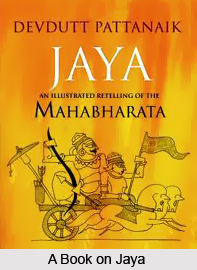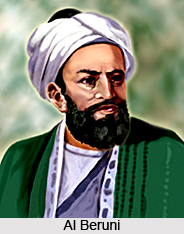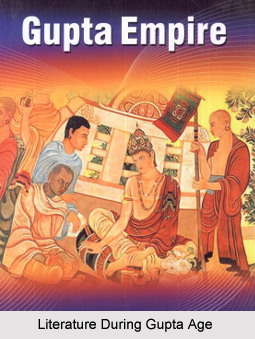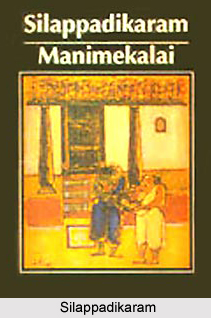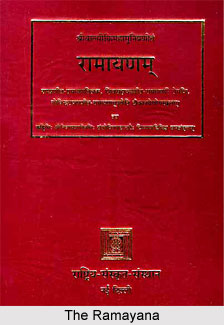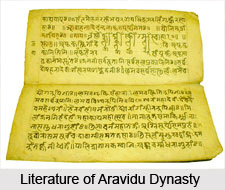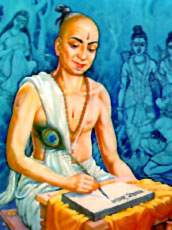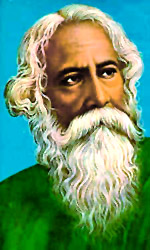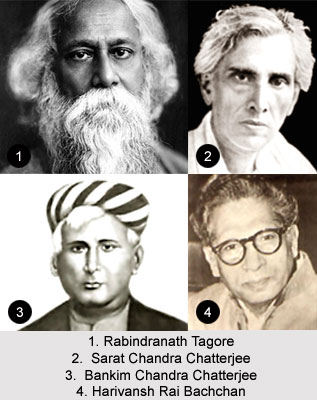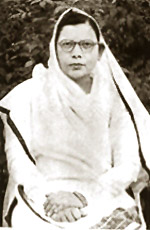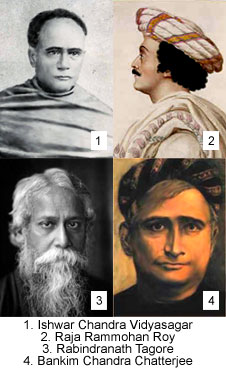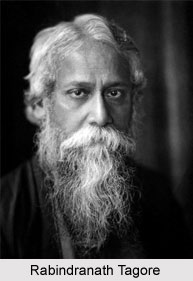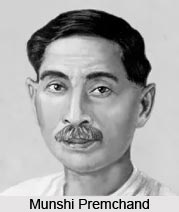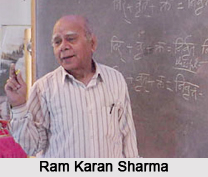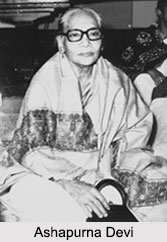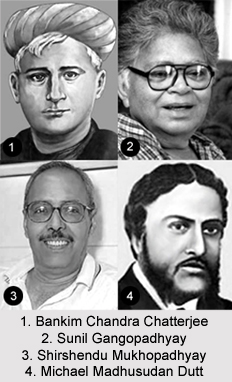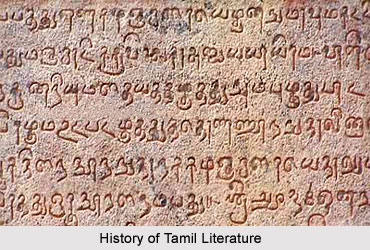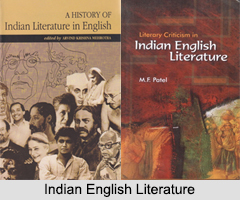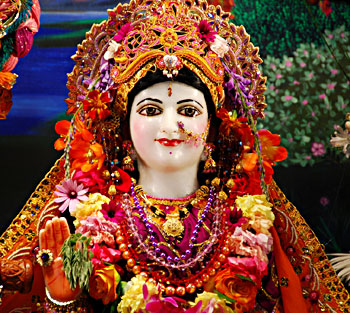 The poems belonging to the school of mythological poems have special characteristics. They are combination of the nation of the rasas of vir and Bhakti or vir, sringar and Bhakti. Prithviraj Rathore is the best example of this school. Many poets like Barhat Isardas and Khidiya Jagga have contributed equally to both the major trends of Charan poetry: the historical and heroic and the mythological and religious.
The poems belonging to the school of mythological poems have special characteristics. They are combination of the nation of the rasas of vir and Bhakti or vir, sringar and Bhakti. Prithviraj Rathore is the best example of this school. Many poets like Barhat Isardas and Khidiya Jagga have contributed equally to both the major trends of Charan poetry: the historical and heroic and the mythological and religious.
Charans trace their origin from Shakti. They believe in eighty-four extraordinary incarnations of the Goddess in their community. Awadji, Mahmay, Calairay and Karaniji are a few such names. A good number of poems, mostly invocations to these goddesses incarnate, and particularly on Karaniji and on Shakti were written based on Markandey Puran. The warrior is a Shakti worshipper and naturally Shakti worship has been popular in Rajasthan. Similarly, poems on Lord Shiva, describing the legend of his two marriages with Sati and Parvati, were composed.
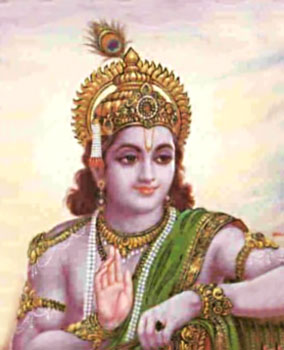 Many charming and impressive poems on Lord Rama and Lord Krishna legends, describing particularly their heroic and redeeming aspects, a characteristic of this trend, were written. The only exceptions are the two small poems on Radha by Sanya Jhula and Bankldas in the period of 400 years. Other legendary characters like Pandavas, Abhimanyu, Prahlad and the ten incarnations of God had also been the subject of the poems. Mention of twenty-four incarnations of God in Rajasthani poetry as by Kaviya Karanidan, is only an exception and appears to have been due to later influence of the Bhagawat and Braj-Bhasa poetry. Apart from this, certain poems on Nirgun Bhakti, like Kesoda Gadan`s Nisani Vivek Var, were also written. There are a few other works which contain praise of God.
Many charming and impressive poems on Lord Rama and Lord Krishna legends, describing particularly their heroic and redeeming aspects, a characteristic of this trend, were written. The only exceptions are the two small poems on Radha by Sanya Jhula and Bankldas in the period of 400 years. Other legendary characters like Pandavas, Abhimanyu, Prahlad and the ten incarnations of God had also been the subject of the poems. Mention of twenty-four incarnations of God in Rajasthani poetry as by Kaviya Karanidan, is only an exception and appears to have been due to later influence of the Bhagawat and Braj-Bhasa poetry. Apart from this, certain poems on Nirgun Bhakti, like Kesoda Gadan`s Nisani Vivek Var, were also written. There are a few other works which contain praise of God.
Saptsati ra Chand by Sridhar Vyas and Mataji ra Chand by Khidiya Canan were written in praise of Shakti in the 15th century. Tejoji Caran and Kanhoji Barhat are other important poets of this century who wrote devotional verses decrying the prevalent social evils.
Jaysinha, probably a Brahmin poet, had narrated in his Hari Rasu, composed in the early 16th century, the attributes of God for self-purification and pleasure, with feelings of devotion in simple language.
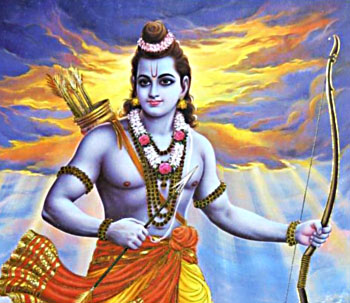 Alluji Kaviya was well-known amongst the Charan Bhakt poets of Rajasthan. His stray verses, mostly chappayas and some pingal gits are still available. They sing the praises of Rama, Krishna, and Siddhas like Gorakhnath, Jambhoji and others. Emotional intensity and devotion have made his chappayas most appealing.
Alluji Kaviya was well-known amongst the Charan Bhakt poets of Rajasthan. His stray verses, mostly chappayas and some pingal gits are still available. They sing the praises of Rama, Krishna, and Siddhas like Gorakhnath, Jambhoji and others. Emotional intensity and devotion have made his chappayas most appealing.
Isardas was primarily a bhakti poet and for him Bhakti is a means of liberation from the bonds of birth and death. To chant the praise of God and repeat His names are the best ways of Bhakti and his poetry emphasized this particular theme. The poems of Isardas vividly portray the events and emotions of religious generosity, harmony and synthesis. He has eulogized one Almighty who appears in different forms and in many ways. Siddhas, Saints, Nine Naths and Hussain are present with mythological bhaktas; in his poem Gun Agam. He has chided God for not having granted a son to Mohammed Saheb and for the death of Hussain. He has equal regard for `Puran` and `Kuran`. Hari Ras and Deviyan are regarded as the books of recitation respectively of the Vaisnvas and Saktas.
In Gun Ninda Stuti, ironical censure and commendation of numerous deeds of various incarnations of God have been simultaneously mentioned. Vaman`s fraud on Bali and the carrying away of Jamwanti by Krishna are two examples. This shows not only his devotion but also a sense of playful affinity. In Hari Ras he raises two fundamental questions about Karma and Brahma that is whether the living being originated first or the karma originated first. The bond of birth and death follows the living being from the very beginning and it is due to the previous karma. The question remains if he is, not free to do karma, why should he undergo the sufferings. On the other hand, the scriptures declare that the living being is free to do karma. So, either the scripture or the karma theory is wrong.
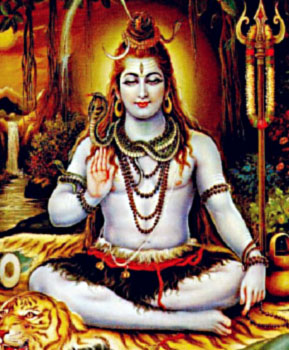 The second question Isardas raised was how the Nirakar Brahma originated and how this origin was brought about. The poet answers the first question by saying that in this beginning there was only Parbrahma and nothing else, not even Atman or Karma. With regard to the second, he only bows down in the spirit of `Neti-Neti`.
The second question Isardas raised was how the Nirakar Brahma originated and how this origin was brought about. The poet answers the first question by saying that in this beginning there was only Parbrahma and nothing else, not even Atman or Karma. With regard to the second, he only bows down in the spirit of `Neti-Neti`.
Rathore Prithviraj composed many miscellaneous verses, dohas and gits. They sing praises of Lord Rama, Lord Krishna, the Ganga River and many heroes. But the Veli Krisan Rukmini is the basis of the poet`s perennial glory. In this particular work the poet has successfully combined the main characteristics of the three trends of Rajasthani poetry, viz., the secular love poetry, the historical and heroic poetry and sant poetry. Basically, it is an erotic love poem concluding in bhakti. The heroic description in it is to strengthen, and for perfection of, sringar ras. The poet has not only depicted the exciting erotic emotions but, wherever possible in the context, has also fired the imagination and stimulated the senses. Erotic depictions arc endowed with delicate grace. The innermost emotions of Rukmini have been delicately reflected in her outward demeanour. The similes, complete in all respects, are suggestive and picturesque. The poet is cautious in the choice of appropriate words. In the use of Sanskrit words, he has followed the style of Ranmall Chand. The language used is literary Rajasthani.
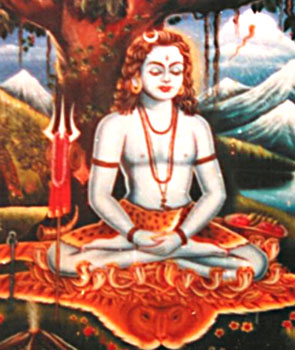 Nisani is also a well known poem belonging to the school of mythological and religious poems. The subject of the Nisani is mainly Sankar`s Vedant, though Bhakti and Yog-Sadhana have also been dealt with. The poet`s message is to know the self and to liberate oneself from the bonds of birth and death. The Nisani has been very popular and provides examples of religious synthesis. The language is Khadi Boli mixed with Rajasthani. It is easy and idiomatic.
Nisani is also a well known poem belonging to the school of mythological and religious poems. The subject of the Nisani is mainly Sankar`s Vedant, though Bhakti and Yog-Sadhana have also been dealt with. The poet`s message is to know the self and to liberate oneself from the bonds of birth and death. The Nisani has been very popular and provides examples of religious synthesis. The language is Khadi Boli mixed with Rajasthani. It is easy and idiomatic.
The mythological and religious poems of Medieval Rajasthani Literature are endowed with exquisite language. It depicts action in an objective and picturesque manner. The dialogues are brief, befitting and meaningful. They are natural and flow effortlessly. There are also contextual depictions of human weaknesses and sensibilities. The narrative poems belonging to this category depict the different lilas of Lord Rama and Lord Krishna.
Opa Adha son of Charan Bakhtaji of village Pesawa, is a well-known bhakt poet and is said to have composed many Dingal gits, but only twenty of them have survived. These gits show a path to Bhakti. They are highly moving, and are replete with easy expressions and similes chosen from history and folk life. Indicating the supremacy of God`s will, he gives the example of the fall of the Mughal Empire and the rise of the Maratha power. In fact Opa Adha is the last great poet of the mythological and religious branch of the Charani poetry in the Medieval Period.
It can be concluded saying that poems belonging to the school of mythology and religion during the medieval era in Rajasthan have richness in language and the emotions have been portrayed in a wonderful manner.
